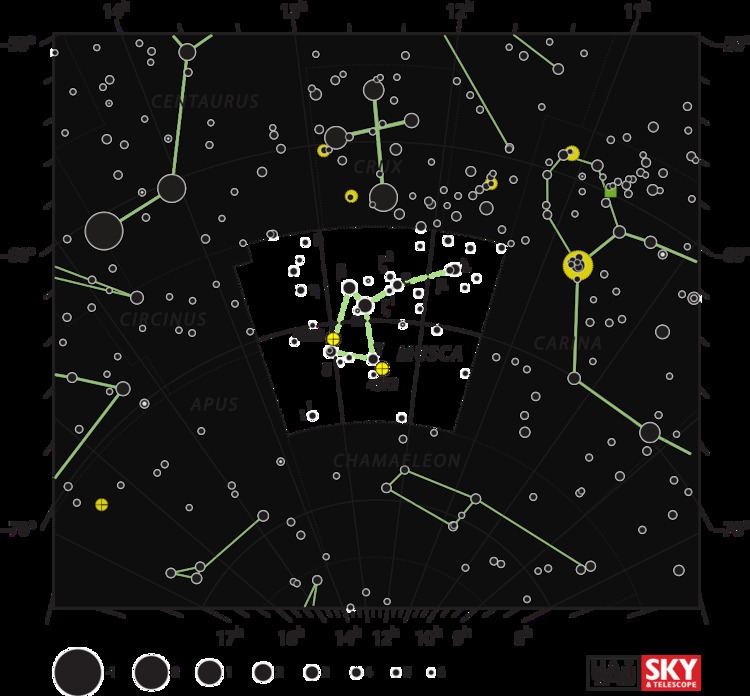Magnitude 3.05 Apparent magnitude (V) 3.05 | Constellation Musca | |
 | ||
Similar Theta Muscae, NGC 4833, NGC 4372, NGC 5189, HD 100546 | ||
Elite dangerous beta muscae black hole and massive neutron star
Beta Muscae (β Muscae, β Mus) is a binary star in the southern circumpolar constellation of Musca. With a combined apparent visual magnitude of 3.07, it is the second brightest star (or star system) in the constellation. Judging by the parallax results, it is located at a distance of roughly 330–350 light-years (100–110 parsecs) from the Earth.
Contents
- Elite dangerous beta muscae black hole and massive neutron star
- Elite dangerous beta muscae ns
- References
This is a binary star system with a period of about 194 years at an orbital eccentricity of 0.6. As of 2007, the two stars had an angular separation of 1.206 arcseconds at a position angle of 35°. The components are main sequence stars of similar size and appearance. The primary component, β Muscae A, has an apparent magnitude of 3.51, a stellar classification of B2 V, and about 7.35 times the Sun's mass. The secondary component, β Muscae B, has an apparent magnitude of 4.01, a stellar classification of B3 V, and is about 6.40 times the mass of the Sun.
This is a confirmed member of the Scorpius-Centaurus Association, which is a group of stars with similar ages, locations, and trajectories through space, implying that they formed together in the same molecular cloud. Beta Muscae is considered a runaway star system as it has a high peculiar velocity of 43.9 km s−1 relative to the normal galactic rotation. Runaway stars can be produced through several means, such as through an encounter with another binary star system. Binary systems form a relatively small fraction of the total population of runaway stars.
